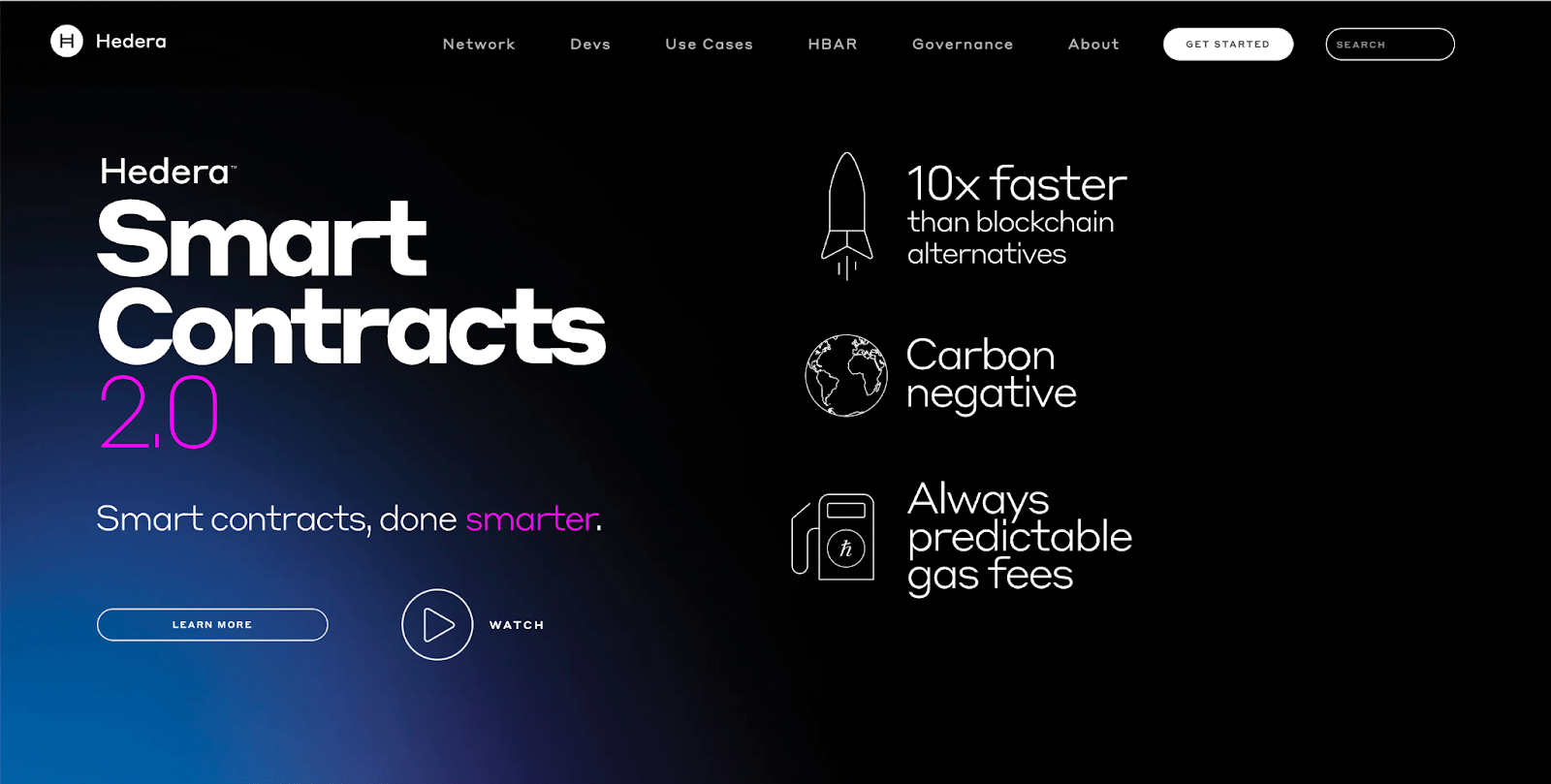Meaning to turn the Earth into a better place to live, Bitcoin has instead contributed to global warming. Its mining results in the emission of 37 megatons of CO2 yearly, equivalent to that of New Zealand. But are there “greener” coins out there?
Is Bitcoin environmentally aggressive?
In case you’re impressed with the number of 37 megatons and are trying to knock off your mining rigs somewhere on the fringes of Kazakhstan, please stop. To tell you the truth, 37 megatons of carbon dioxide pumped into the atmosphere every year does sound gruesome indeed, but, according to this study, in 2021, Bitcoin comprised less than 0.08% of the total CO2 emissions. That said, humanity has put the cat among the pigeons long before Satoshi’s invention.
Global carbon dioxide emissions from fossil fuels and industry have increased considerably since 2000, and in 2019 reached a record high of 36.7 billion metric tons of CO2 — with this situation, today every drop in the ocean matters. Well. Bitcoin mining process is of course not a drop, but also not the whole ocean.
What makes coins energy efficient?
40% of global CO2 emissions are already produced from electricity generation through the combustion of fossil fuels to generate heat needed to power steam turbines. It’s a lot, and, considering that number, we don’t need more electricity produced, right? Even if it is as little as emitted from crypto, Bitcoin mining in particular.
So is there really a way to reduce energy consumption per transaction when it comes to crypto?
The thing with crypto is that, to date, developers are generally using two main approaches to approve transactions on blockchain: Proof-of-Stake and Proof-of-Work.
Proof of work (PoW) is a form of cryptographic proof in which one party (the prover) proves to others (the verifiers) that a certain amount of a specific computational effort has been expended. Verifiers can subsequently confirm this expenditure with minimal effort on their part.
Proof-of-Stake (PoS) is a form of cryptographic proof that requires you to stake coins, or set them aside, to be randomly selected as a validator and approve transactions on a blockchain.
Of course, there exist multiple versions and hybrids of each mechanism. But when talking about energy generation, in terms of electricity requirements, a single proof-of-stake consensus mechanism (PoS) is deemed superior compared to the traditional Proof of Work (PoW), as it uses much less computing power – about 1,000 times less than PoW.
This can be witnessed when looking at the rating of the most energy efficient cryptocurrencies that was created by the crypto exchange comparison site Cryptowisser in collaboration with a Swedish sustainability expert Erik Florman, founder of Cleanblocks.io. Based on the scientific research, 99% of the energy efficient protocols among those in that list are functioning based on different variations of PoS consensus.
These are the most energy efficient cryptocurrencies mentioned in the first place: Algorand, Audius Token, Avalanche Coin, Celo Coin, eGold Token, The Sandbox Token, WAX Coin, Immutable X Token, Solana Coin, Hedera Hashgraph Coin, EOS Token, Near Protocol Coin. As you can see, some of these eco-friendly cryptocurrencies are among the world’s biggest cryptocurrency networks.
For our article, we’ve decided to cover 3 most energy efficient coins, which were developed with a very specific focus on environmental sustainability.
Top 3 green coins of 2022
Hedera Hashgraph
20 tonnes of CO2 produced per year

How it works
Through an algorithm called asynchronous byzantine fault tolerance (aBFT), the Hedera decentralized network runs an underlying, energy-efficient hashgraph algorithm for relatively sustainable network operations. However, that’s not all.
According to their official blog, Hedera Hashgraph has adopted environmental sustainability as a core value and is officially committed to carbon-negative network operations by purchasing carbon offsets quarterly and doing carbon footprint offsetting, with amounts determined by the third-party assessment provider Terrapass.
Terrapass reports that Hedera network operation emissions for Q2 2021 were 20 metric tonnes of CO2. So, to do carbon footprint offsetting, Hedera Hashgraph has purchased “green-e climate certified” credits for 23 metric tons of CO2, at the cost of USD $10 per metric ton, totaling USD $230. Having purchased three additional metric tons of offsets, Hedera ensured its carbon-negative status.
Near Protocol
174 tons of CO2 produced per year

How it works
NEAR is a proof-of-stake decentralized network that uses a variation of sharding called Nightshade. Using Nightshade, validators process transactions in parallel across multiple sharded chains. These and other operations generate a carbon footprint of 174 tons of CO2 per year. That makes them more than 200,000 times more carbon efficient than Bitcoin.
According to their official blog, NEAR Foundation engaged South Pole, the leading low-carbon project developer, and climate solutions provider, to measure NEAR Protocol’s carbon footprint and achieve a neutral status. By offsetting the first year’s emissions and supporting tree-planting projects, NEAR was awarded with South Pole’s Carbon Neutral Product Label 2021.
The three green projects supported by NEAR are Kariba Forest Protection, Vegachi Forest Restoration, and Afognak Forest Carbon.
Algorand
243.52 tons of CO2 produced per year

How it works
Algorand is a decentralized public network and and an eco-friendly cryptocurrency that runs on a version of proof-of-stake driving electricity consumption to almost zero. From the very beginning, it was created as a sustainable blockchain technology with a carbon-negative footprint.
“I care about the planet,” Algorand SEO, Silvio Micali, explained. And so he does, because, to build a carbon-negative network, Algorand teamed up with ClimateTrade, a company allowing them to offset their CO2 footprint.
By “offsetting” or purchasing carbon credit, Algorand invests in sustainability initiatives as a way to reduce the amounts of CO2 produced. For example, carbon credit purchased by Algorand can be later used for such things as reforestation projects. But that depends on players that are presented on the ClimateTrade marketplace.
Currently, the Algorand blockchain generates 243.52 tons of CO2 per year.
Other energy efficient crypto coins
As you can see, the basic mechanism underlying each of the energy efficient cryptocurrency in the list is pretty much the same for all three projects mentioned. The company calculates the amount of carbon emissions produced over a year and, then, buys carbon credits to invest in green initiatives to offset produced CO2.
The other proof-of-stake coins on the list worth mentioning because of their reduced annual energy consumption are Ethereum 2.0, Polkadot, Solana, Tezos, SolarCoin, BitGreen, Chia, Algorand, Powerledger, Cardano, Stellar, Nano, IOTA, TRON, Signum, Holochain, DEVVIO, MetaHash, Harmony, Flow, GridCoin, MinnaProtocol, RedCoin, GoChain, EFORCE, GreenTrust, NearProtocol, Mobile Coin, Electroneum.
Do you want to contribute to an eco-friendly future on this planet and are thinking about investing in a green crypto?
Hedera Hashgraph (HBAR), Near Protocol (NEAR) and Algorand (ALGO), as well as all the other eco-friendly crypto, are available on Binance, HitBTC, Huobi, Bybit, Coinbase Pro and all the prominent crypto exchanges. Wanna go even further and also trade green crypto, taking advantage of their volatility without manual hassle of the trading routine – try trading more energy efficient protocols using automation tools and robots like TradeSanta. Still have questions? Shoot them on Facebook, Telegram, or Twitter!
FAQ
Is Bitcoin environmentally aggressive?
Global carbon dioxide emissions from fossil fuels and industry have increased considerably since 2000, and in 2019 reached a record high of 36.7 billion metric tons of CO2 — with this situation, today every drop in the ocean matters. Well. Bitcoin mining process is of course not a drop, but also not the whole ocean.
What are Top 3 green coins of 2022?
Hedera Hashgraph, Near Protocol and Algorand are among the most green cryptocurrencies of 2022.
